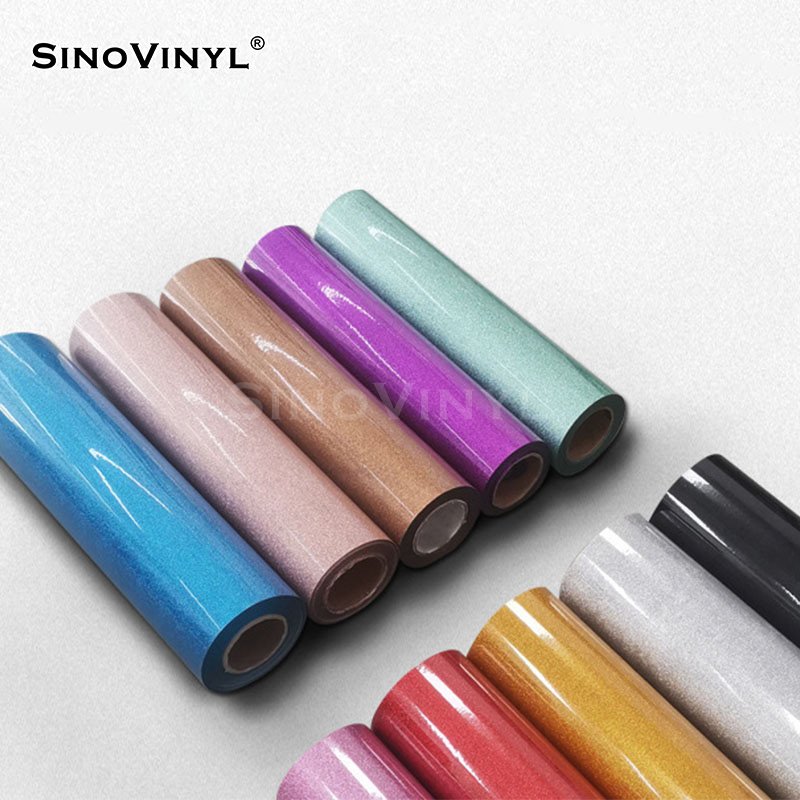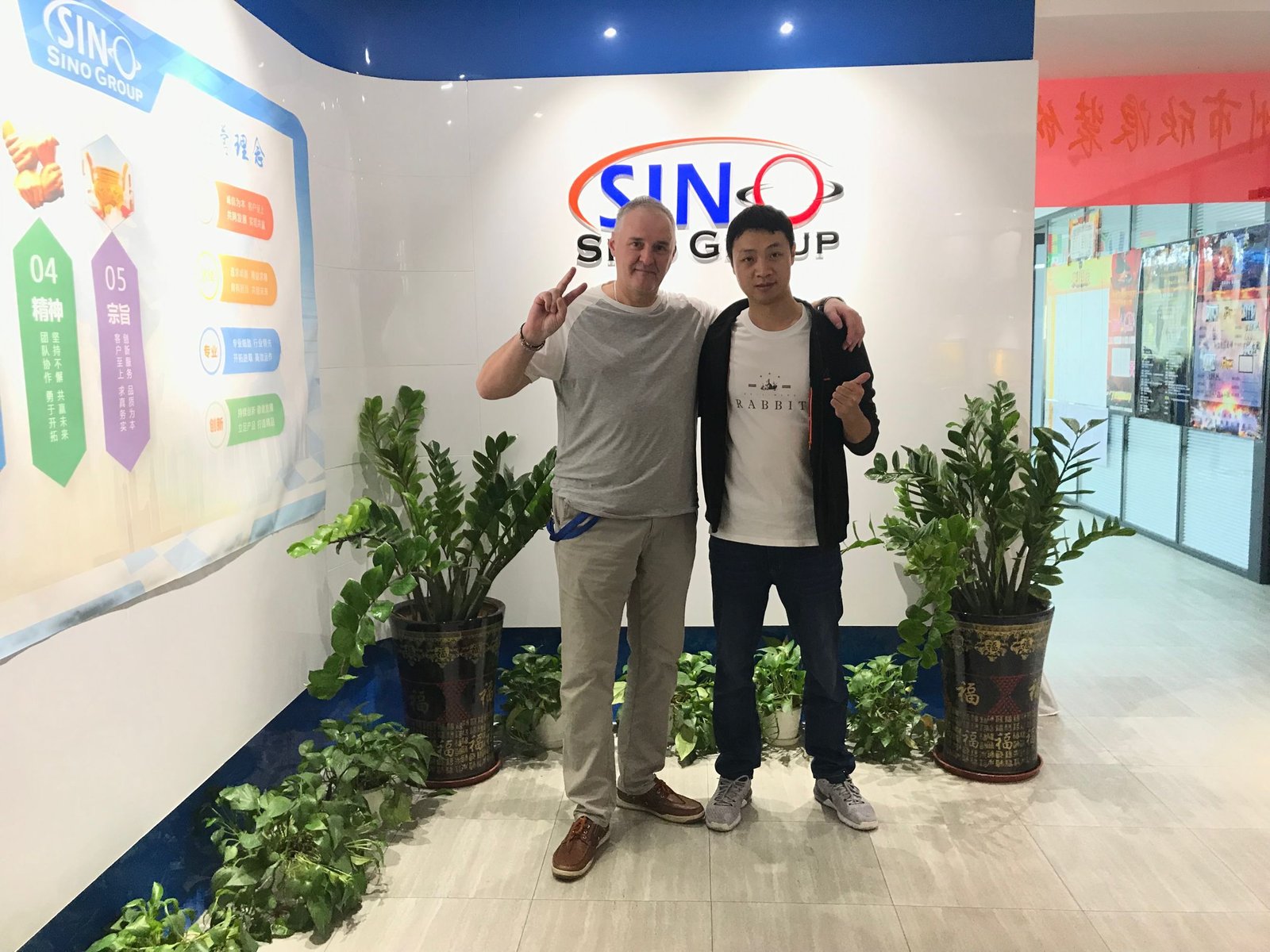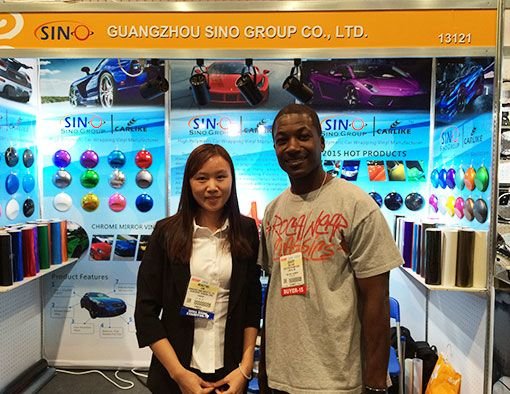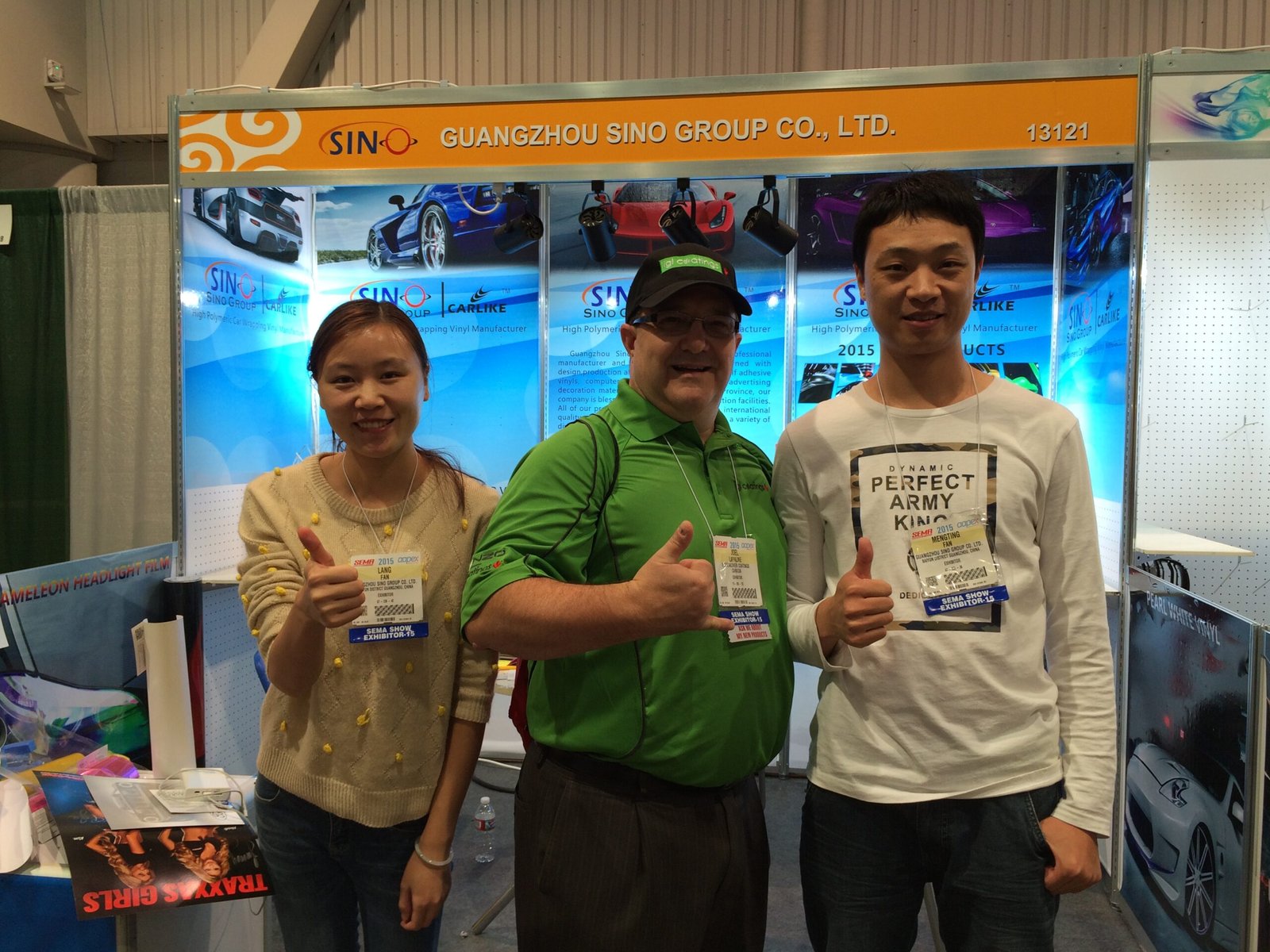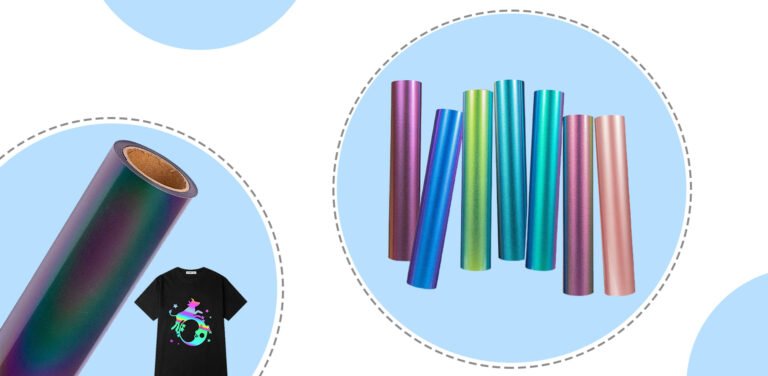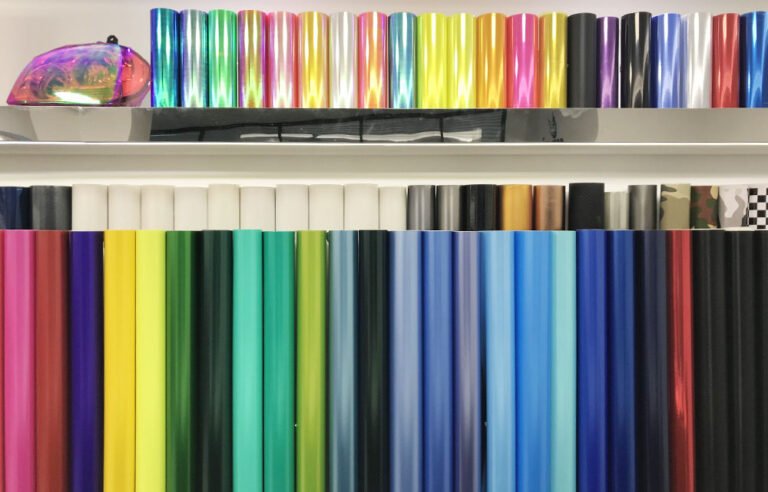Chinese Supplier PU HTV Heat Transfer Vinyl Textile Iron On T-Shirt Clothing
1. Polyurethane (PU)
In the context of HTV, PU is used to create thin, flexible sheets with an adhesive backing.
2. Heat Transfer Vinyl (HTV)
HTV refers to vinyl sheets with heat-activated adhesive on one side. When heat and pressure are applied, the adhesive bonds the vinyl to the fabric, creating a permanent design.
3. Textile Iron-On
The application process for PU HTV involves using heat to adhere the vinyl onto fabric. A heat source, such as an iron or a heat press, is used to transfer the design from the vinyl sheet to the fabric.
4. T-Shirt Clothing
T-shirts are one of the most popular and common garments for applying PU HTV. The process involves cutting the desired design or text from a sheet of PU HTV using a vinyl cutter or plotter. The excess vinyl is then weeded (removed), leaving only the intended design on a clear carrier sheet.
5. Iron-On Process
Applying PU HTV to a T-shirt involves preheating the fabric, placing the weeded design on the desired location, covering it with a protective sheet (like parchment paper), and then applying heat and pressure using an iron or a heat press machine. The heat melts the adhesive on the back of the vinyl, allowing it to bond to the fabric fibers. After cooling, the carrier sheet is peeled off, leaving the design adhered to the T-shirt.
6. Customization and Personalization
PU HTV allows for intricate and personalized designs to be applied to T-shirts and other textiles.
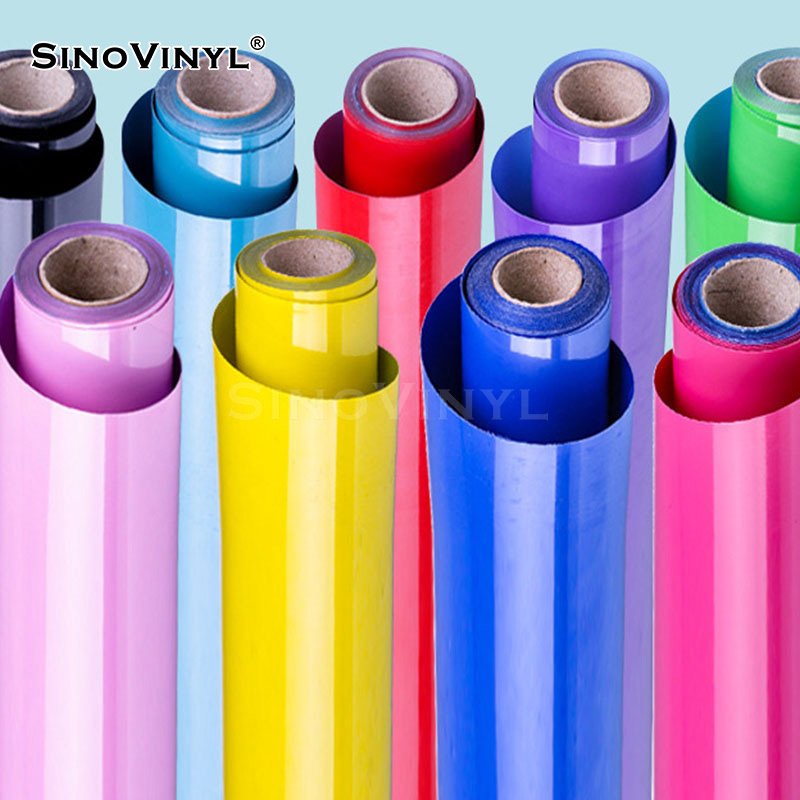

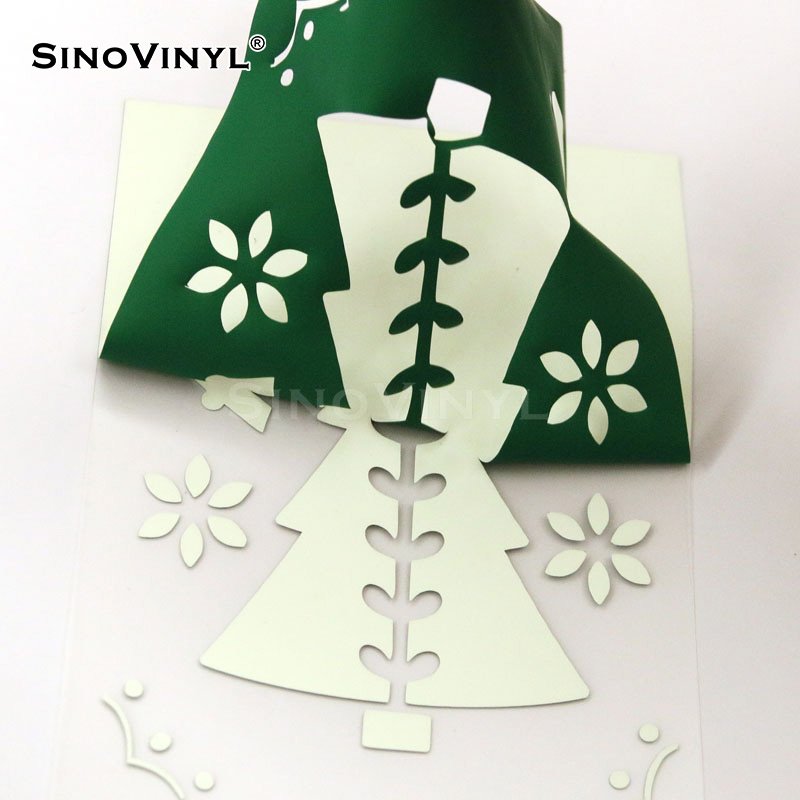
Korea PU Glitter Metallic Flock Hologram HTV Heat Transfer Vinyl Supplier
Korea PU Glitter Metallic Flock Hologram HTV Heat Transfer Vinyl is a specialized type of material used in the process of heat transferring designs, patterns, or graphics onto fabrics and other surfaces. Let’s break down its components and features:
1. PU (Polyurethane) Base
PU stands for polyurethane, which is a type of plastic material that is known for its flexibility, durability, and ability to adhere well to various fabrics. In this context, PU serves as the base material for the heat transfer vinyl.
2. Glitter, Metallic, Flock, and Hologram Effects
– Glitter: This variant of HTV contains fine particles that create a sparkling and glittery appearance when applied to the fabric.
– Metallic: Metallic HTV has a reflective and shiny surface, mimicking the appearance of metals like gold, silver, or bronze.
– Flock: Flock HTV has a velvety or suede-like texture.
– Hologram: Hologram HTV displays a multi-colored, iridescent effect that changes when viewed from different angles.
3. Heat Transfer Process
The vinyl comes in sheet or roll form. To transfer a design onto a fabric, the following steps are typically involved:
– A design is cut out from the vinyl sheet using a cutting machine, which creates the desired pattern.
– The excess vinyl is weeded or removed, leaving only the design on a clear carrier sheet.
– The carrier sheet with the design is placed on the fabric.
– Heat and pressure are applied using a heat press machine. The heat causes the adhesive on the vinyl to melt and bond with the fabric fibers, while the carrier sheet ensures proper alignment.
– After the vinyl cools down, the carrier sheet is peeled off, leaving the transferred design on the fabric.
4. Applications
PU Glitter Metallic Flock Hologram HTV Heat Transfer Vinyl is commonly used for various applications, including:
– Customizing apparel such as t-shirts, hoodies, hats, and jackets with eye-catching designs.
– Adding decorative elements to bags, accessories, and home textiles.
– Personalizing team uniforms, sportswear, and promotional items.
– Creating branded merchandise, gifts, and craft projects.
5. Benefits
– Versatility: Offers a wide range of effects and finishes to suit different design preferences.
– Durability: PU base material ensures longevity and resistance to washing and wear.
– Visual Appeal: Adds dimension, texture, and visual interest to designs.
– Ease of Use: Can be easily cut, weeded, and applied using standard heat transfer methods.
